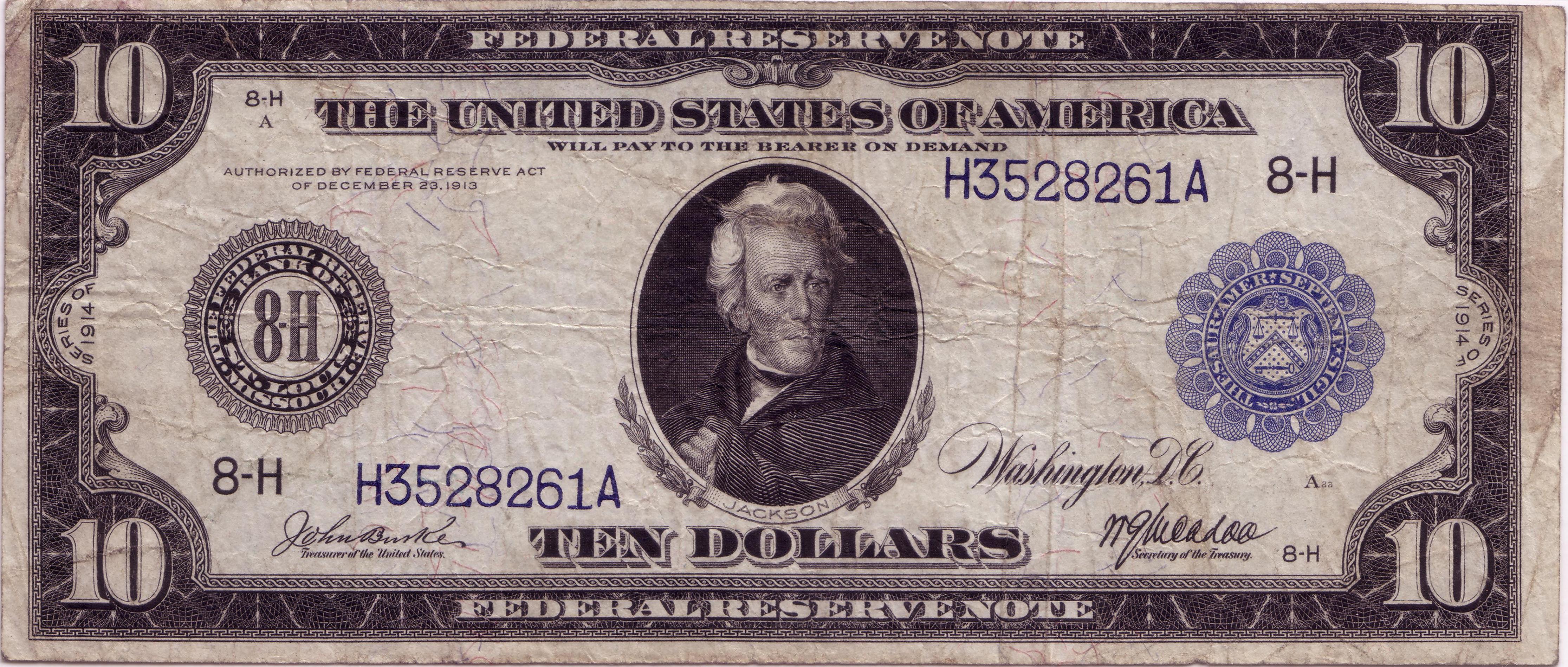View a complete set of PMG graded Black Eagle Pre-Star Replacements
Background
Collectors of U.S. paper money are familiar with “star notes,” which are used to replace type notes damaged or misprinted during the production process. Star notes have serial numbers that are numbered independently and are not identical to the notes they replaced. They replace defective notes in order to maintain counts within packs.
Several sweeping changes were made in currency production around 1910, as the demand for new currency increased and technology allowed greater capacity. One of those changes was the advent of star notes.
The story really started in 1885, however, when newly inducted Treasury officials began an overhaul of currency production procedures, in order to address a growing concern for the integrity and accountability of the Treasury. New measures were implemented to guard against fraud and over-issue of Treasury obligations, which included Legal Tender Notes, Silver Certificates and Gold Certificates.
Until that time, paper money was printed to completion at the Bureau of Engraving and Printing (BEP). The most substantial change adopted was that the Treasury seal was to be applied to currency on the premises of the Treasury Department. The BEP was to deliver uncut sheets of numbered notes to the Treasury, where the seal (and possibly other colored ornamentation) would be imprinted. The Treasury then severed the sheets into single notes and placed them into packs and bundles, making them ready for distribution.
Shipments of currency from the BEP were required to be perfect and complete. An order contained specifications for a certain number of sheets which carried all serial numbers within a certain range. This necessitated the making of exact replacements for all defective sheets.
The BEP was continuously hard at work trying to improve productivity, and in the summer of 1903 it unveiled a technological innovation for numbering currency: the rotary press. Before then, serial numbers were applied to currency at the BEP one number at a time using paging machines. On a sheet of four notes, the numbering operator stamped the same serial number twice for the top note, advanced the number, and continued with the next note.
When an error or damaged sheet was discovered, an unnumbered sheet was drawn from the inventory of currency, and numbered identically to the defective sheet using the same process. The defective sheet was then destroyed.
The new high speed rotary numbering machines applied all eight serial numbers to a sheet in a single pass. These machines greatly improved the productivity of the Numbering Division.
However, it was counterproductive to use these new devices to make a single replacement sheet. The overhead to reset the numbering heads for a single sheet was simply too costly. Instead, the BEP retained the old paging machines to make the replacement sheets.
The fonts used on these two kinds of serial number presses were distinctively different. Therefore, we are able to identify notes printed after 1903 that were made as exact replacements. These notes bear the fonts of the old presses. Technically known as “make-up” notes within the BEP, we call them pre-star replacement notes (PSRs).
The next major technological innovation was paired with a significant policy change in 1910. The requirement that the Treasury itself apply its seal to notes was rescinded, and defective notes could be replaced with non-sequential notes.
Driving this was the invention of the new “Harris Press” that was able to number, seal, cut and sort the currency into stacks of consecutive notes. This change obviated the need for exact replacements, and star notes were thereafter used to replace defective singles.
Download 2014 Memphis Presentation Download 2014 Memphis Handout PSR Census Doug Murray PSR Research

